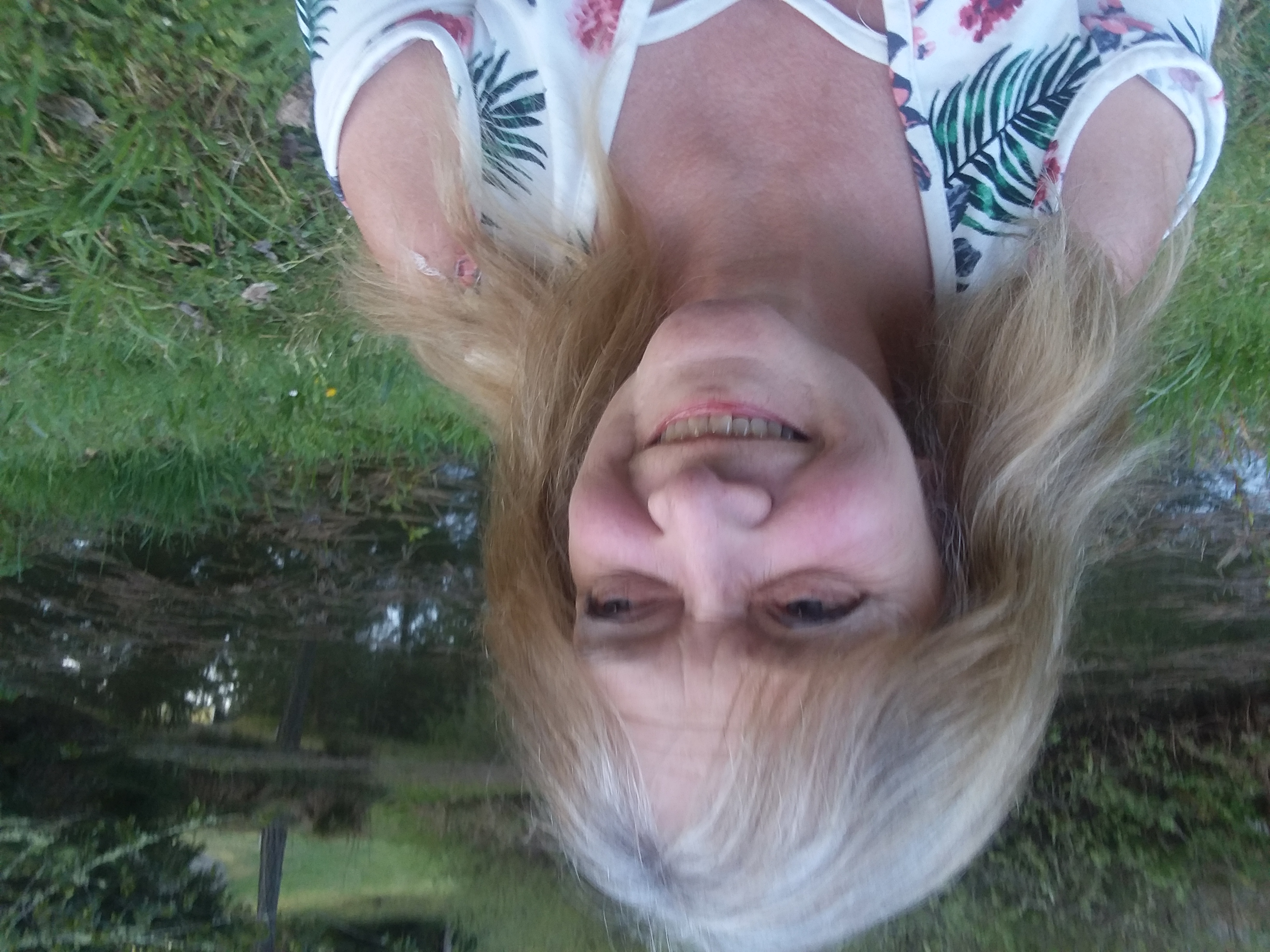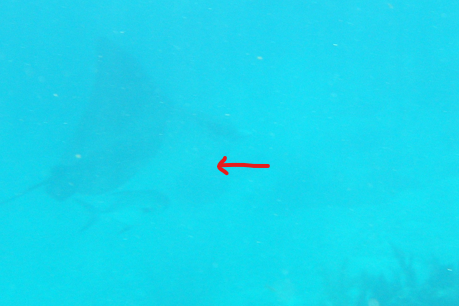Water Cycle = Life Cycle

Closing out Water Quality Month, we share the words of #FFTFellow Tammy Laakeri, who used a Fund for Teachers grant to conduct independent research of water pollution and conservation efforts in Chesapeake Bay and the Everglades, then attend a teacher workshop at Marine Lab in Key Largo, FL to compare local ecosystems and develop local community conservation projects.
This summer, I embarked on a Fund for Teachers fellowship to investigate the ecology and water quality efforts in one of the watersheds of Chesapeake Bay, of the Everglades, and in the Florida Keys. I focused on gaining knowledge and experiences to share with my students based on cherishing and preserving the quality of our water — both fresh and marine.
I started at a popular resort in Virginia where two major rivers converge, making up Smith Mountain Lake with about 500 miles of shoreline! Water sports and fishing are very popular on the lake. Right by the shore area, I spotted several divots in the dirt with a scattering of little shells in each divot (about 5 feet underwater). I am told these are the nests that are built by the small-mouthed bass. As I talked to local residents who balk at times about the strict regulations from various agencies, I wondered: How do we balance personal and business needs with protecting and preserving our natural resources?
Next, I targeted Chesapeake Bay, which has been one of the most polluted waterways in the U.S., but has made great improvements over the last 40 years. I planned to visit the Brock Environmental Center run by the Chesapeake Bay Foundation, but unfortunately it was closed due to COVID. I decided to at least go walk their informational trail. (I hope to have my students create a walking trail with markers on our school grounds with a small seasonal creek and wetland.) I spotted a circular pattern on the sand by the shore where a turtle had visited.
At the end of my walk, I was so pleased to meet up with their youth leadership program doing their Oyster Restoration Project. Bags and bags of young baby oysters were being loaded up onto a boat. This program is helping to repopulate the native oyster population by using “recycled” shells, implanting and raising oysters in the shells, then to be transported to a local oyster reef. The reefs provide habitats to fish, crab (including the coveted blue crab), and other organisms. Did you know that oysters filter pollutants out of the water? What a great way to involve businesses and youth to maintain a natural resource!
Next stop, Florida!
The Everglades is one of largest wetlands in the world, but was once was twice as big as it is now. Wetlands are natural filtration systems. It was very interesting to learn how the waterways were diverted to create farmlands, but the land was practically unusable! The canals that are now used for the tourist airboats were man-made for access. To experience the EXPANSE of this land is awe-inspiring. It is home to lots of herons, Anhingas, Gallinules, snakes, and alligators!
Our guide gave us an up close and personal visit with a momma alligator guarding her nest! The scary thing is: one minute you are just floating through this “River of Grass” on the airboat, and that is pretty much all you see… grass and mangrove and pond apple trees… next thing you know, you are 4 feet away from a hissing alligator! You can’t see them until you are right there!
My next destination was the Florida Keys. First stop, the Turtle Hospital in Islamadora, where they save injured and disease-ridden turtles and either release them (if possible) or provide them with a forever home. One of the most common ailments are tumors that are linked to water pollution. The clean water is healing them!
At Marine Lab, Key Largo, I attended a wonderful week -long Marine Science workshop. I love how they started us off by focusing on the little things…. literally. You need to appreciate the plankton, and other plants and organisms that make up the food chain in the coral reefs, in the mangroves, and in the sea grass. Did you know that plant plankton does not get as much sunlight if the water is polluted? Did you know that mangroves and sea grass help cleanse the water? Without the seagrass and the mangroves, more pollutants from human activities on the land would reach and hurt the coral reefs. When I was snorkeling, I was overwhelmed by how small I felt in comparison to the ocean and the life within it. (A giant eagle ray swam right under me!) And yet, I am one of the human race, that has such a huge impact on those very waters that embraced me.
In the words of the great explorer, Jacques Cousteau: “People protect what they love.” Let us not forget that the water cycle and the life cycle are one!
[minti_divider style=”3″ icon=”” margin=”20px 0px 20px 0px”]
 Tammy Laakeri is a high school science teacher at Phoenix Charter School in Roseburg, OR. Prior to becoming a teacher, Tammy served in the Navy as a medical lab tech, day-care provider, quality control manager and a veterinary technician. She has taught math and science in Washington and Oregon for more than 15 years.
Tammy Laakeri is a high school science teacher at Phoenix Charter School in Roseburg, OR. Prior to becoming a teacher, Tammy served in the Navy as a medical lab tech, day-care provider, quality control manager and a veterinary technician. She has taught math and science in Washington and Oregon for more than 15 years.
 Back to Blogs
Back to Blogs




